NFC – which stands for Near Field Communication – was invented in 2002 but has only recently began to gain momentum in the world of gadgets and electronics. NFC, as the name suggests, allows devices to communicate with one-another by means of special NFC tags when two NFC chips are brought into close proximity. The maximum distance is around 20 cm, depending on the device and tag being used. NFC has had a slow rise to popularity; however, it has recently gained an enormous amount of popularity thanks to its’ wide range of uses. This has prompted analysts to estimate that as many as 100 million NFC devices were sold in 2012.
While this may not sound particularly ground-breaking or amazing – the potential for this technology to revolutionise the world around us is virtually limitless, as individuals can buy NFC tags and then programme them to trigger specific, custom-made, actions which will take place whenever a particular NFC enabled device comes into proximity with them.
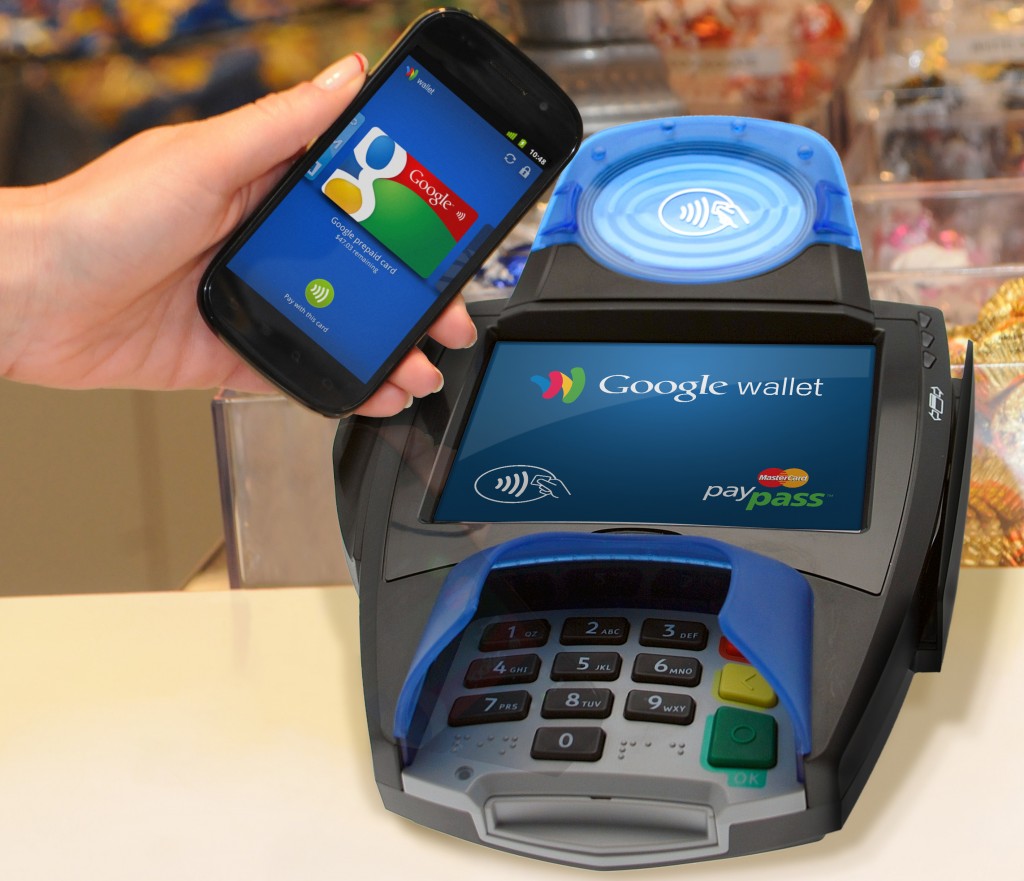
One of the first companies to begin working on NFC-based technology was the internet giant, Google, who have been researching and developing a programme named Google Wallet which will use NFC to make payments, ATM withdrawals and basically replace plastic credit and debit cards as we know them today. Instead, users will swipe or tap their phones on an NFC chip located at till points in order to pay for their goods. This eliminates the need for people to carry cards and cash with them, and even allows users to pay for goods from multiple vendors as they exit the mall, as opposed to paying before exiting each individual shop. This allows users to purchase and pay for any goods they choose, without even opening their wallets.
NFC is also making an appearance in the world of gaming. The makers of the popular mobile game Angry Birds have developed a version specifically for NFC devices which allows users to unlock special features and play against one another by pairing their devices via NFC. The Nintendo Wii U also comes with an NFC tag in the controller, allowing users to change profiles and access new content by swiping their NFC device over the controller.
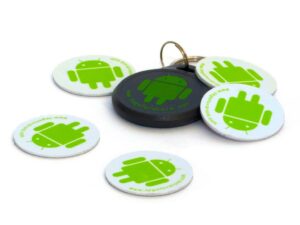
NFC can also be used to control your mobile phone. For example, an NFC tag on your desk could be programmed to automatically turn your phone’s volume down, so you don’t disturb your colleagues, activate your WiFi to download your e-mails and even update your status via social media. The same goes for an NFC tag in your car, which could automatically activate speakerphone when answering calls, pair your phone to a handsfree kit, open your GPS or and even open your music player and select your favourite for you. Android users can program NFC chips by downloading an NFC launcher app from the Play Store. This will allow them to program NFC tags to execute different commands on their device. At present no Apple devices support NFC. iPad and iPhone users wanting to make use of NFC do not need to worry, as NFC-enabled SIM cards are now also available, which have the potential to turn every cell phone ever made into an NFC compliant device.
Another little known use of NFC chips is automatically granting access to WiFi networks. Companies as well as individuals can program NFC chips to allow particular devices access to WiFi networks, without the need for difficult security codes and passwords. This opens a huge number of doorways for ISPs (Internet Service Providers) to enter the Public WiFi market as users can sign into their personal account simply by swiping their device near the NFC tag. People have taken the concept of NFC controlled access one step further and have begun wiring NFC tags to magnetic door locks, and then programming the tags to only allow certain devices entry, thereby turning your phone or tablet into your keys.
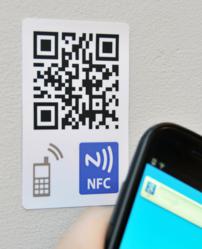
Advertisers abroad are also starting to make use of NFC tags in Smart Posters, which take viewers to a particular website providing more information on the particular product, or to a website where the product can be purchased. This offers many advantages over the current norm in the mobile advertising world, QR Codes, as the viewer does not have to take a photograph of the QR code in order to make a search, they simply have to be in close proximity to the poster.
Overall, NFC offers a host of new opportunities to change the way that people interact with their devices as well as change the way that these devices interact with another. As NFC gains popularity we can expect to see it being applied to a number of different applications ranging from automation of our homes and offices, to more efficient shopping and even on to the world of mobile and outdoor advertising.




